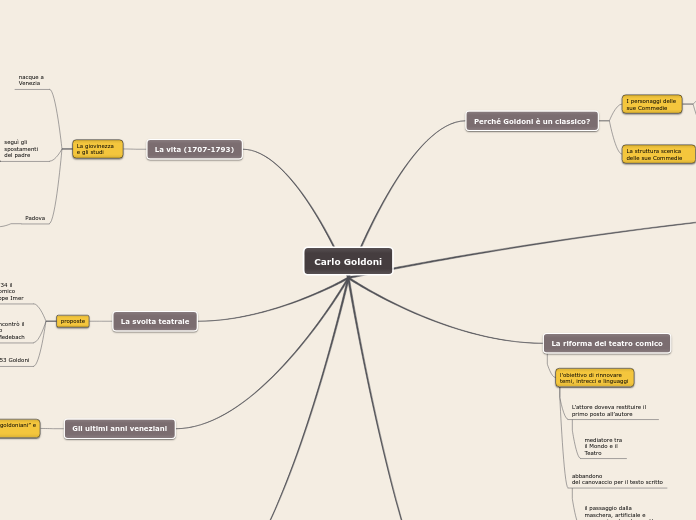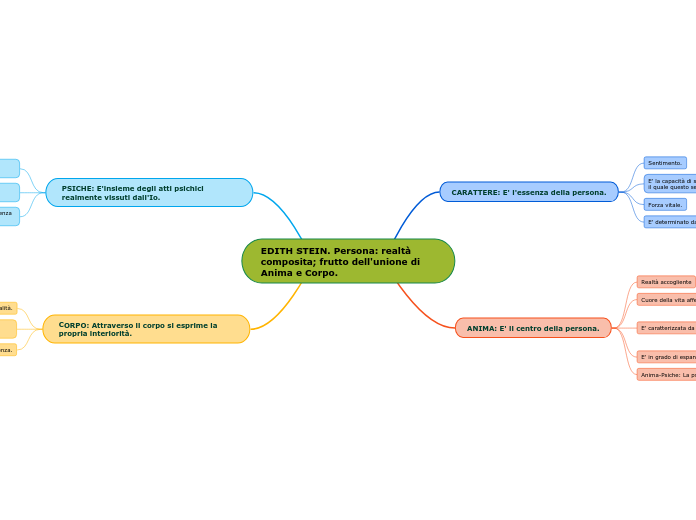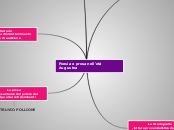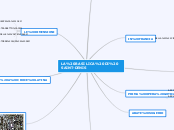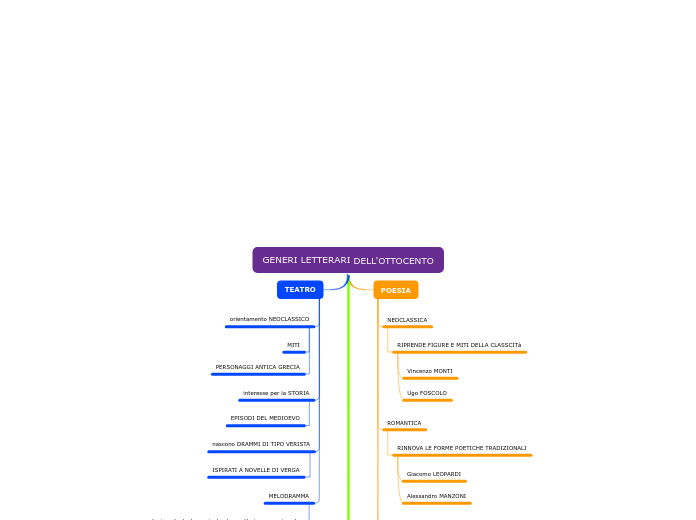Carlo Goldoni
Who is your character?
Type in the name of the character you are going to analyze.
L’avventura francese
Direct characterization refers to the process by which the writer tells the audience about the personality and looks of its character.
dal 1765 era iniziato
il suo servizio a corte
re Luigi XV gli affidò infatti
l’educazione delle sue figlie
strinse rapporti di amicizia con Diderot
L’unico
successo teatrale di Goldoni in terra francese
Le
bourru bienfaisantd
ricominciarono le difficoltà
What does the writer tell you about the character's personality and looks?
Add several quotes that support the direct characterization of your character. Look for descriptive adjectives, phrases or epithets.
Example: The little girl was wearing a burgundy silk dress, with black stockings. Her hair was like fire but tamed in a pony tale. Although young, she had such mature presence.'
gusti
del pubblico, che ancora identificava il teatro comico
italiano con la Commedia dell’arte
mediocri
capacità degli attori della Comédie italienne
Gli ultimi anni veneziani
la polemica fra “goldoniani” e
“chiaristi”
What were the events that affected the character's evolution the most?
Example:
- marriage
- birth of their first child
- death of a family member
- beginning of the war
- separation
al Chiari si affiancò anche Carlo Gozzi fra i suoi più
accesi detrattori
Goldoni ne risentì fisicamente
sintomi malattia nervosa
sempre più aspra
Type in a short explanation to emphasize the importance of each particular moment you listed.
Example:
'Collin left childhood and became a real man at age 11. That is when his father left to war leaving him in charge of his mother and 4 little sisters.'
La svolta teatrale
proposte
What is the character's role in the story?
Examples:
- Protagonist: the main character in a literary work
- Antagonist: the main character that opposes the protagonist in a literary work
- Flat character: reveals only one or two personality traits, and the trait(s) does (do) not change
- Round character - a well-developed character who demonstrates varied and sometimes contradictory traits
Nel 1753 Goldoni
si accommiatò dal pubblico
del Sant’Angelo componendo
il capolavoro della Locandiera
Nel 1747 incontrò il capocomico Girolamo Medebach
ingaggiò come autore per il teatro Sant’Angelo
di Venezia
impegnandosi a comporre ben 16 commedie nuove per la
stagione 1750-1751
Nel 1734 il capocomico Giuseppe Imer
Explain the role played by the character
Type in one or two sentences.
Example: Jake Kersey is now a private detective on the trail of art theft criminals. At the beginning of the story, Jake was presented as one of the most prolific art thieves of his generation. In this case, Jake is a round, dynamic character.
contatto come poeta e librettista presso
Teatro San Samuele di Venezia
con la
tragicommedia Belisario ottenne il primo grande
successo di pubblico
La vita (1707-1793)
La giovinezza e gli studi
What do you feel about the character?
Type in the answers.
Padova
si laureò in legge
professione di avvocato
prime esperienze come attore e autore di teatro
seguì gli spostamenti del padre
Pavia
studi di giurisprudenza
Milano
Chioggia
Rimini
Perugia
nacque a Venezia
La locandiera
Mirandolina gestisce, dopo la morte del padre, una
locanda a Firenze; ha dei clienti fissi, il nobile ma spiantato marchese di Forlipopoli e il conte d’Albafiorita, ricchissimo ma di nobiltà recente, che le fanno
la corte, cosa che le riesce estremamente gradita.
Quando alla locanda prende alloggio il misogino
cavaliere di Ripafratta, Mirandolina si fa un punto
d’onore di farlo innamorare; riuscita nell’impresa, per
mettere al sicuro il proprio buon nome e i propri affari
decide di sposare il servitore Fabrizio e di allontanare
per sempre tutti i suoi spasimanti.
La riforma del teatro comico
l’obiettivo di rinnovare temi, intrecci e linguaggi
abbandono
del canovaccio per il testo scritto
il passaggio dalla
maschera, artificiale e convenzionale, al «carattere»
L’attore doveva restituire il primo posto all’autore
mediatore tra il Mondo e il Teatro
Le fasi della riforma
Indirect characterization
The writer can also reveal his character's personality by presenting the character's thoughts, words, actions, and also the way other characters relate to them.
Quinta fase [1762-1765]
si trasferì a Parigi abbandonando
la commedia di carattere e creandone un nuovo tipo,
basato sul puro gioco scenico e dove quindi l’azione
prende il sopravvento sulle parole
How do other characters react in your character's presence?
Type in a relevant quote.
Example: 'Anna is my best friend and the kindest person I have ever met. There is nothing I wouldn't do for her. At times, I feel I love her more than my own sister.'
Quarta fase [1760-1762]
le Baruffe chiozzotte (1762)
superò la crisi passando dalla commedia di carattere alla commedia d’ambiente e scrivendo
nuovi capolavori come I rusteghi (1760)
What is the character's appearance?
How are their clothes? Is he/she elegant? Type in a quote that reveals the character's looks.
Example: 'You must think I am insane spending so much on this, but it's a gorgeous dress. I think it's the best silk I have ever seen. And the color...Is it pink or magenta? I can never tell. I'll wear it with my pearls and diamonds necklace.'
Terza fase [1753-1759]
Goldoni
visse una crisi creativa legata anche alle difficoltà
incontrate con la nuova compagnia, gelosamente
legata all’improvvisazione, e alle critiche dei rivali
What does the character do?
Type in a quote.
Example: 'I'm sorry Miss Klein, but this seat is taken! said Willie, as he pushed the old lady aside, crushing her dandelions.'
Seconda fase [1748-1753]
e diversi capolavori, come La bottega del caffé (1750) e La locandiera
(1753)
a questi anni risalgono i primi esempi
compiuti di commedia di carattere
What are the character's private thoughts?
Type in a quote that reflects the character's way of thinking.
Example: 'I was looking at all those expensive gifts, but all I could think of was that poor old man I talked in the afternoon. When was the last time he had a decent meal? If I sold all my fancy clothes, how many loaves of bread and cans of milk could I buy him?'
Prima fase [1734-1743]
del 1745 è Il servitore di due padroni
A questa fase
appartiene La donna di garbo (1743)
What does your character say?
Type in a quote that shows the way the character's speech reflects their personality.
Example: 'You're an obnoxious little shaver, aren't you? Go clean those filthy hands at once! shouted Mrs. Greyjoy.'
Perché Goldoni è un classico?
La struttura scenica delle sue Commedie
capacità di tenuta molto notevole
I personaggi delle sue Commedie
What is the name and genre of the literary work in which the character appears?
Examples:
- Novel: The Great Gatsby by F. Scott Fitzgerald
- Poem: The Raven by Edgar Allan Poe
- Drama: Macbeth by William Shakespeare
mostrano i risvolti più
profondi e imprevedibili dei caratteri umani
confittualità latente
nascondono una gamma complessa di atteggiamenti
